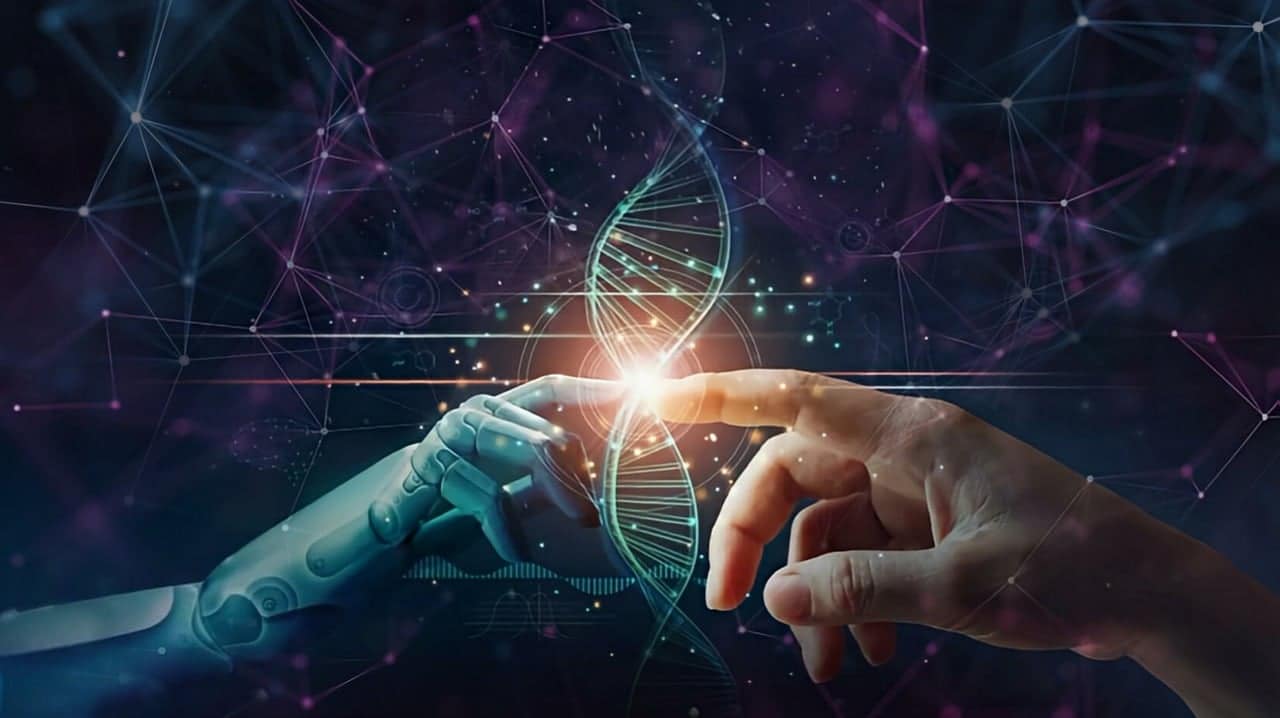Over the years, artificial intelligence (AI) has made remarkable progress in speech recognition and synthesis technology. This progress has led to the proliferation of AI speech generators in assistants, smart speakers, and voice-controlled devices. These generators can convert text into spoken words that sound incredibly natural, providing users with interactive experiences.
In the early stages of development, speech synthesis systems often grappled with significant limitations. They produced robotic-sounding voices that fell far short of sounding convincingly human. However, thanks to remarkable advancements in machine learning and the application of deep neural networks, AI speech generators have reached a level where their voices are challenging to distinguish from those of humans. In this blog post, let’s explore AI voice generation and go through the remarkable evolution of these systems from their nascent stages to their current state of near-human voice emulation.
Advancements in Machine Learning: Empowering AI Speech Generation
Machine learning plays a role in the advancement of AI speech generation. Traditional rule-based methods used in the past fell short when producing sound speech. With machine learning techniques, however, AI speech generators can analyze datasets containing human speech. By doing they learn the patterns, intonations, and variations that make human speech sound natural.
One particular breakthrough in machine learning for speech generation occurred with the introduction of networks.
Deep learning models have made strides in processing patterns and connections within data, enabling AI speech generators to mimic human speech with impressive precision. Developers can create synthetic voices that sound remarkably realistic by training these networks on speech data.
Neural Text-to-Speech Synthesis
Neural text-to-speech (TTS) synthesis is an approach to AI speech generation. It combines the prowess of deep learning algorithms with understanding to generate quality speech. Neural TTS models comprise a text-to-mel spectrogram model and a mel spectrogram-to-audio model.
The text-to-mel spectrogram model takes input. Generates a mel spectrogram, which captures the acoustic features of speech. This spectrogram is then fed into the mel spectrogram to audio model, which converts it into a time domain waveform capable of being played as speech. These two models work together to produce sound speech resembling expression patterns.
Style and Voice Adaptation
Another remarkable advancement in AI speech generation involves adapting the style and voice of generated speech to meet requirements. Using voice adaptation techniques, developers can modify a speaker’s characteristics, such as age, gender, and accent, by manipulating spectrogram features.
Voice adaptation proves valuable in applications like audiobook narration and virtual assistants. These scenarios often call for voices to enhance user experiences. By refining TTS models with voice samples, developers can create customized synthetic voices that cater to individual preferences and requirements.
Challenges and Ethical Considerations
While AI speech generators bring forth possibilities, they also raise concerns and potential challenges. One significant worry is using AI-generated speech for purposes like impersonation or creating fake audio recordings.
Researchers and developers are actively working on techniques to identify AI-generated voices while authenticating speech to address these concerns. Furthermore, ethical guidelines and regulations may be necessary to ensure the usage of AI speech-generation technology.
Applications of AI Speech Generators
AI speech generators find applications across industries. Virtual assistants like Apple Siri and Amazon Alexa rely on AI speech generation to offer users spoken responses and information.
Virtual assistants have become a part of our lives, allowing us to accomplish tasks and gather information through voice commands.
AI speech generation also finds its place in various fields. For instance, it can create character dialogue in video games or provide movie voiceovers for an experience. AI-generated speech enables impaired individuals to access text-based information by hearing it, promoting independence and inclusivity.
The Future of AI Speech Generation
As AI speech generation advances, we can anticipate the development of realistic and natural-sounding voices. Ongoing research and innovation in this domain aim to enhance speech quality, refine voice adaptation techniques, and address considerations. Consequently, AI speech generation technology will become increasingly versatile, empowering developers and content creators to deliver captivating user experiences.
To sum up, AI-powered speech generators have made progress quickly. Thanks to machine learning algorithms, deep neural networks, and style adaptation techniques, these systems can now produce synthetic voices that closely resemble those of humans. The applications for AI speech generation are vast, ranging from assistants to entertainment and accessibility domains. With research and development, we can anticipate an array of advancements in this domain in the coming years.
Related: What Are Artificial Intelligence Ticketing and How Do They Work?




